How BRC-20 Opens the Door to a New Era of Collectibles and Solutions by Bitfinity
We examine the creation of BRC-20, the first popular token Ordinals, real-world applications unlocked, differences from ERC-20, limitations, and solutions from Bitfinity.
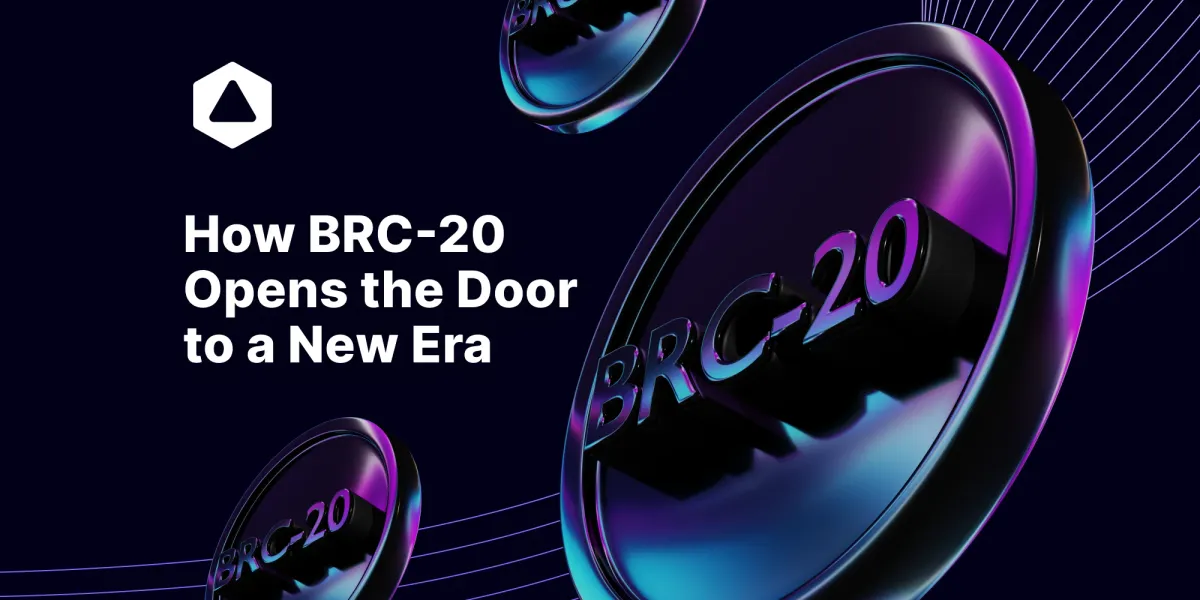
In this article, we will delve into what BRC-20 is. This includes exploring its creation, growth and popularity. We will also look at its impact on transaction fees as well as its undeniable influence on the meme token trend, which now runs not just on Ethereum, but also on the Bitcoin network. So let's buckle up and dive into this intriguing subject together.
A New Token Standard for Bitcoin
Looking back in recent blockchain history, we come across BRC-20 tokens which emerged when a developer explored the possibility of inscribing JSON (a lightweight format for storing and transporting data) to satoshis (the smallest units of Bitcoin).
This ultimately led to the creation of a fungible token standard for Bitcoin, similar to Ethereum's ERC20. In other words, these tokens can be minted, spent, and have defined characteristics, such as supply, all coded in JSON.
Satoshis Transitioning into BRC-20
Once a satoshi is inscribed with this JSON code, it transforms from its original state into a BRC-20 token, acquiring a distinct identity and value.
BRC-20 tokens are essentially ordinals with JSON code inscribed onto them, defining token characteristics like name, supply, and transfer rules.
Most importantly, BRC-20 tokens can be created by anyone. You can generate BRC-20 fungible tokens using just a Bitcoin wallet, and this is open for anyone to do, of course paying the requisite fee. This allows individuals to mint their own digital coins.
The Man Behind BRC-20
The BRC-20 token standard was conceived by an anonymous on-chain contributor known as Domo. Similar to the complete anonymity known in the Bitcoin community, akin to the anonymity of Bitcoin's creator Satoshi Nakamoto, his vision was to extend the capabilities of the Bitcoin blockchain, transforming it from a singular-purpose chain into a versatile platform.
The Foundations of Bitcoin
Domo saw an opportune moment where he could tap into the strongest base layer in cryptocurrency and start to build on Bitcoin rather than just use it to let capital rest.
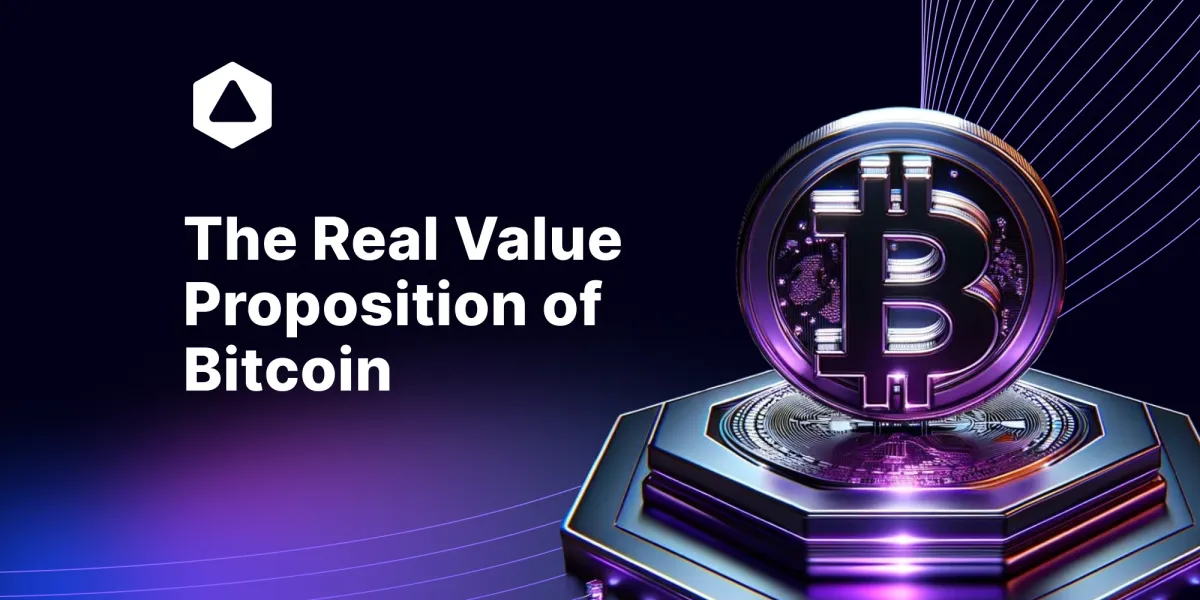
And with his recent developments, he has introduced new functionalities to the Bitcoin blockchain and opened up a new layer of possibilities, expanding the blockchain's utility beyond simple Bitcoin transfers.
The Rise and Popularity of BRC-20 Tokens
BRC-20 tokens operate without the need for smart contracts, leveraging the Ordinals protocol instead. One of the first popular BRC-20 tokens was named Ordinals (ORDI) and currently has achieved a lot of popularity due to its first mover advantage.
It experienced astronomical growth, with the market cap increasing by 600% within just one week. Following this meteoric rise, a variety of other tokens were also minted under this standard, with over 10k different tokens created. This was a clear signal of yet another gold rush in one of the niche ecosystems within our niche space.
The Utility of BRC-20 Tokens
BRC-20 tokens unlock new use cases for Bitcoin. Not only can they function as digital cash, be used for payments or speculation, they can also potentially catalyze a DeFi economy similar to Ethereum's, where everyone can create their own tokens and their own memes on chain.
Think about all the new opportunities these BRC-20 tokens unlock;
- Fundraising and Crowdfunding: Similar to ICOs or STOs on other platforms, startups can now create BRC-20 tokens to raise funds from investors.
- Decentralized Finance (DeFi): These tokens can be used as collateral for loans or for creating synthetic assets that mirror the value of real-world assets.
- Reward Systems and Loyalty Programs: Companies can issue BRC-20 tokens as customer rewards, creating incentives to foster loyalty and engagement.
- Gaming and Virtual Assets: Game developers can use BRC-20 tokens to create and manage in-game assets that players can trade and sell within a gaming ecosystem or across multiple games.
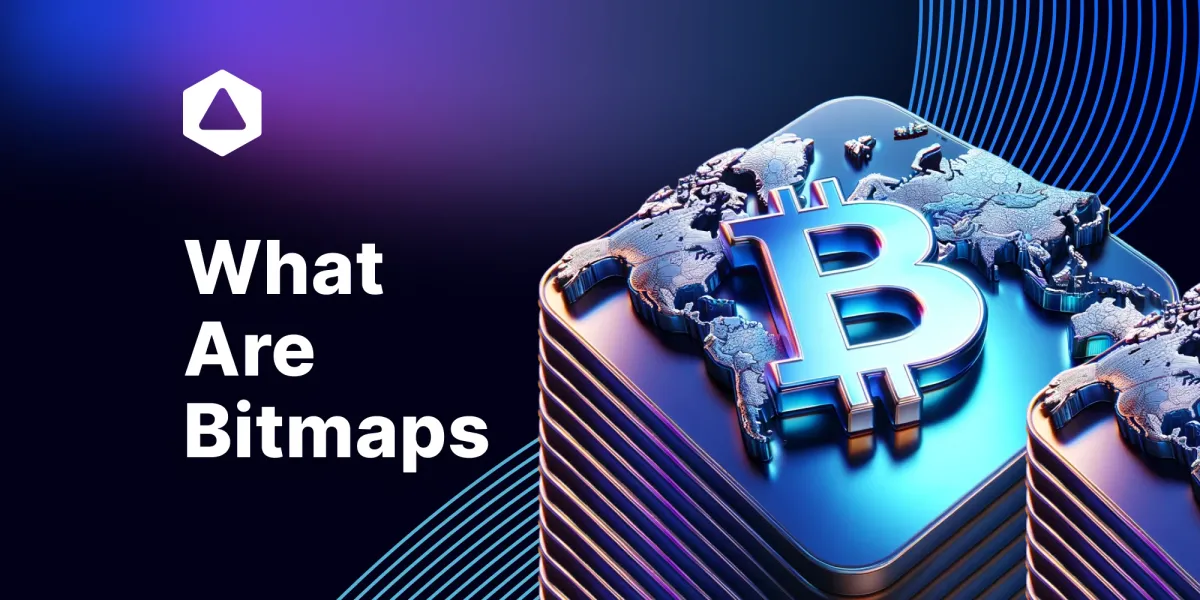
As we explore the potential of the BRC-20 token standard, new use cases will become apparent. To repeat, the range of applications is only limited by the imagination of the builders envisioning the future of the Bitcoin blockchain. From digital collectibles to new forms of digital assets, the BRC-20 standard is paving the way for innovation within the Bitcoin ecosystem.
Difference BRC-20 and other XXX-20 Tokens
A lot of confusion arose when the name chosen for the new standard was BRC-20, similar to the ERC-20 token standard. While ERC-20 has a broader range of applications, including dApps and games, BRC-20 cannot be compared to its cousin running on Ethereum. The only thing that was similar was the choice of name.
And where there is one 'rip-off', there is another. So arose the DRC-20 - a new token standard for Dogecoin as well. As the DRC-20 protocol aims to introduce this capability to Dogecoin, enabling users to create custom tokens on the oldest memecoin chain.
We can say that the success of ERC-20 has paved the way for these new protocols, which can quickly adopt proven solutions and integrate them into their own ecosystems.
This approach can significantly accelerate the development and adoption of BRC-20 leading to a rapid expansion of decentralized products and services. However, there is one catch...
Execution of the Standards
The primary distinction between BRC-20 and the ERC-20 standard lies in their execution. Ethereum apps require Solidity for smart contract coding, with data stored off-chain on the Interplanetary File System (IPFS). This three-tiered approach involving the IPFS, the blockchain, and an external coding language can be complex and costly.
In contrast, BRC-20 writes data directly to individual satoshis, the smallest unit of Bitcoin. This method, using an Ordinals Inscription, bypasses the need for smart contracts by allowing each satoshi to function as an NFT or other desired asset types. This on-chain approach has advantages like deeper integration, faster data transfer, and cost-efficiency but also limitations.
Limitations of BRC-20 Tokens
Lack Complex Smart Contracts
Despite BRC-20 tokens existing on the Bitcoin blockchain, Bitcoin itself lacks inherent smart contract capabilities, posing challenges for decentralized finance (DeFi) applications. This limits certain functionalities and automations and can restrict the complexity of applications for BRC-20 tokens.
Luckily, many are working to facilitate smart contracts on Bitcoin, such as through Bitfinity's efforts...
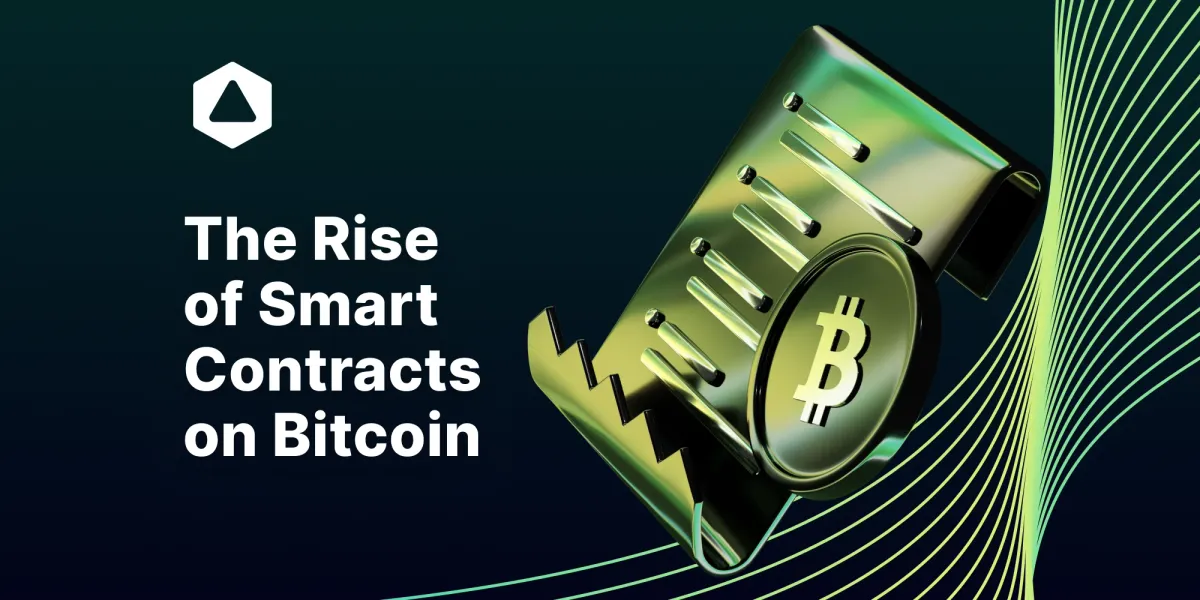
Sky High Transaction Fees
On top of this, there are yet again the scalability issues we all know so well. The Bitcoin network is secure but has faced scalability challenges. The popularity of BRC-20 tokens does not help further congestion, making transactions slower with higher fees. Once more, builders and speculators are hampered by the Bitcoin network's scalability issues.
The surge in BRC-20 transactions has led to increased transaction costs on the Bitcoin network. While users may face higher fees, miners benefit from the augmented transaction fees, especially when confirming BRC-20 related transactions.
Not only limiting on the Bitcoin blockchain but literally breaking other chains as well. 👇
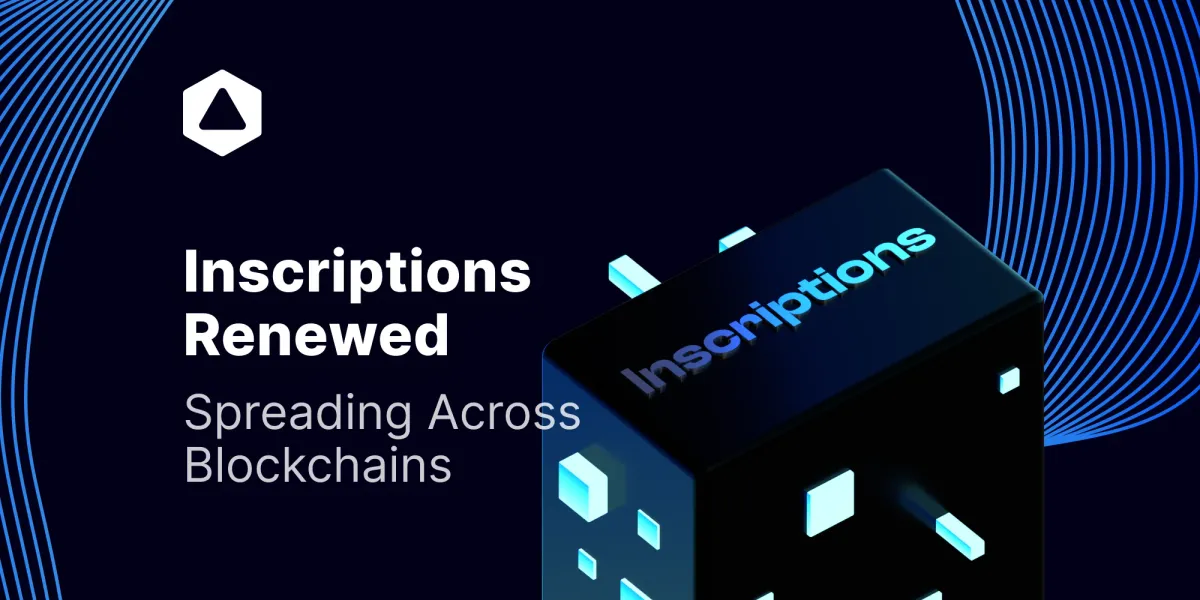
Lack of Interoperability
Lastly, there are interoperability concerns where the Bitcoin blockchain with the BRC-20 tokens have limited compatibility with other blockchain ecosystems, meaning compatibility issues when BRC-20 tokens interact with other ecosystems, limiting their reach and utility.
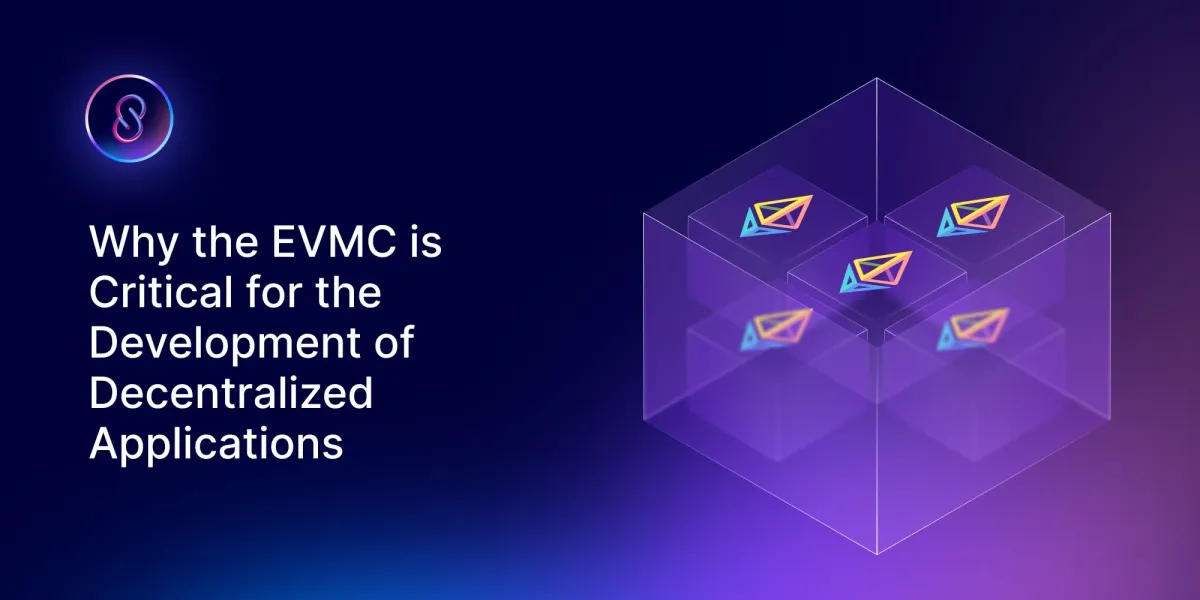
BRC-20 are not EVM-compatible, which may limit the developer ecosystem and adoption. Luckily, solutions are being made as we speak.
Bitfinity Solutions For Ordinals
A particular focus on interoperability stands at the forefront of Bitfinity's innovation. By integrating Internet Computer's technology, Bitfinity transcends the traditional barriers between blockchains, creating a synchronized environment where Bitcoin BRC-20 can be scaled and minted as efficiently as they should be, at fractions of costs.
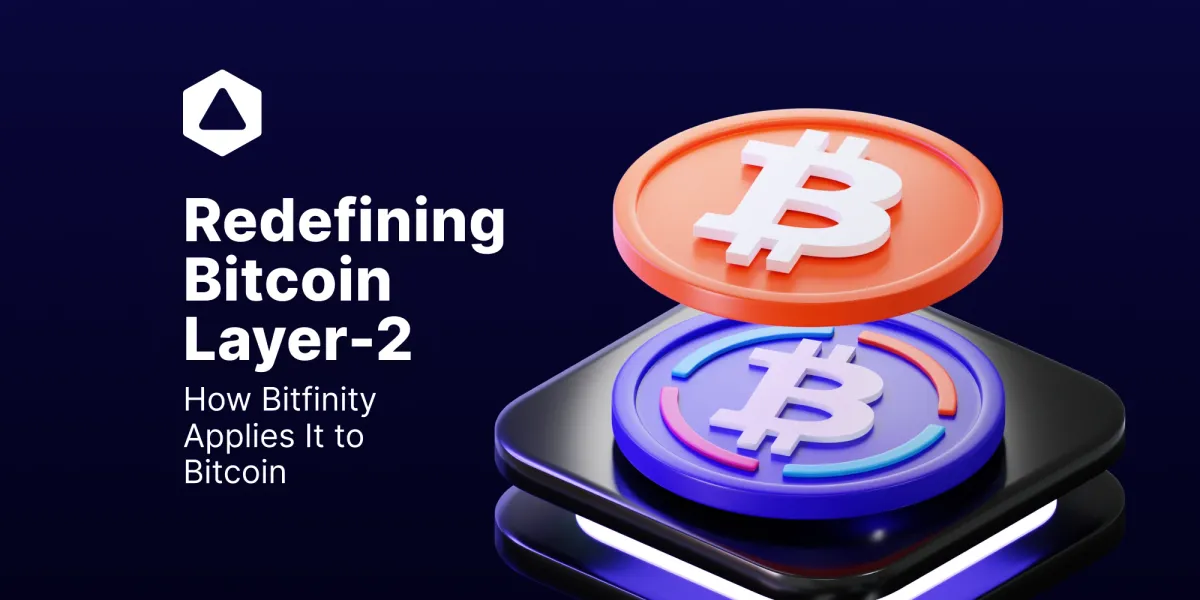
This is not all, Bitfinity wants to connect the two largest chains. Facilitating the renaissance for Bitcoin with the Ethereum Virtual Machine, bringing developers together with insane amounts of liquidity. Building new pathways for Ethereum's already expansive applications to be ready for Bitcoin deployment as well. As a result, developers have fertile ground for creating decentralized applications that leverage untapped liquidity.
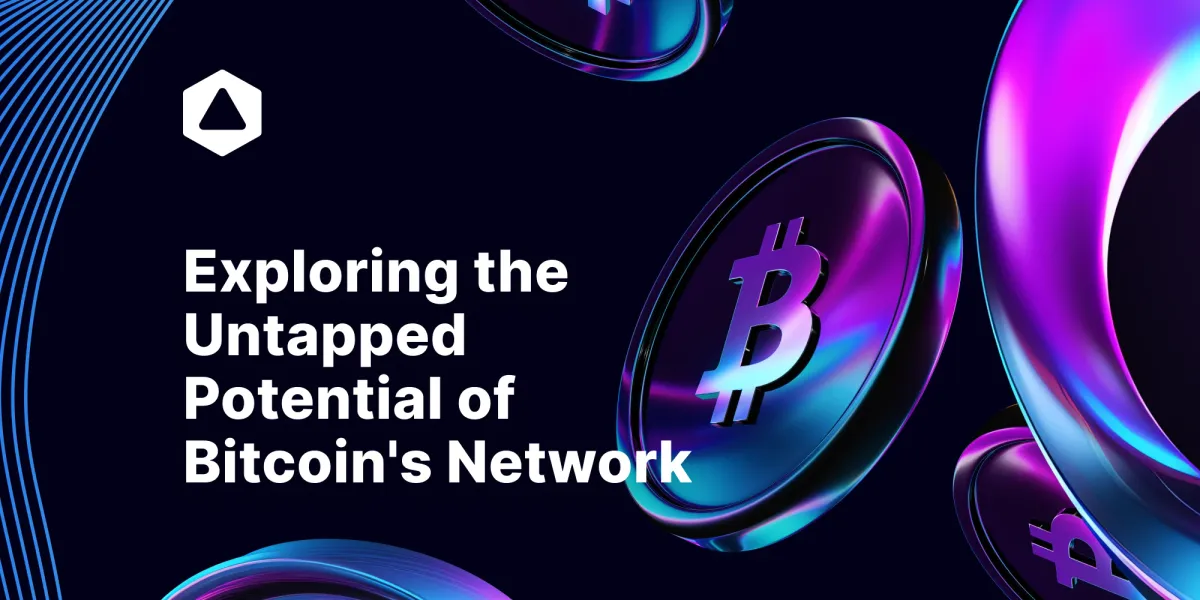
BRC-20 Bridge 🤝
The upcoming BRC-20 bridge will also be handy and is one of the pillars of the Bitfinity community and roadmap. Ready to get everything across and transform the market. It aims to enable value and data transfer across different blockchains, improving interoperability.
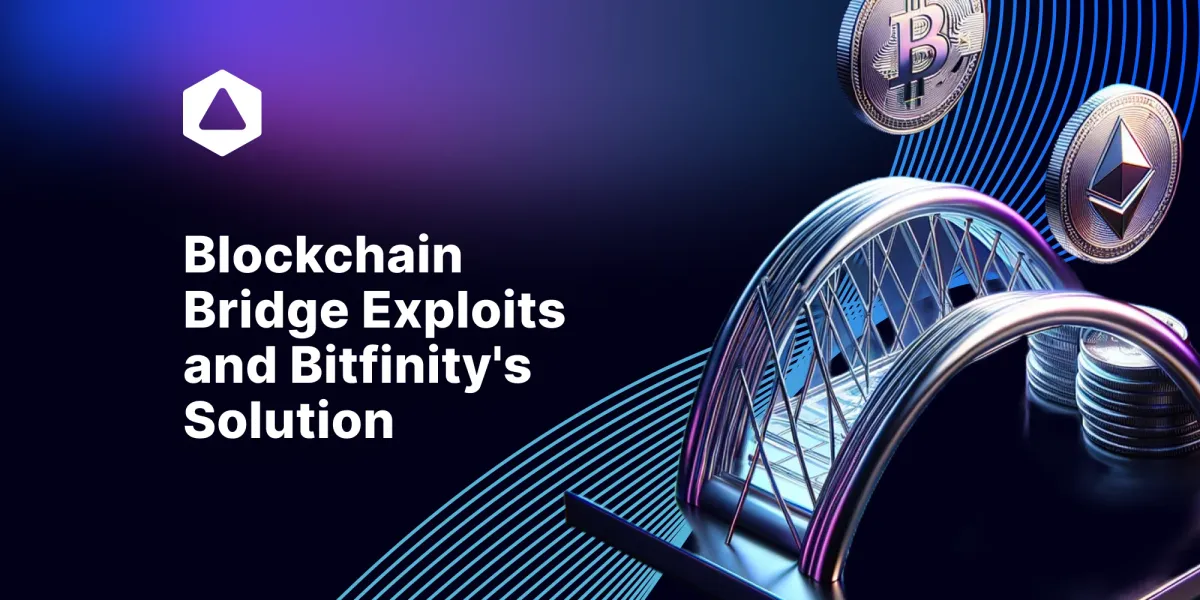
BRC-20 Tokens Wallets
Firstly, if you want to store BRC-20 tokens, you're going to need a wallet. The following wallets are specifically designed or updated to support the BRC-20 token standard and represent the top options for securely storing and interacting with BRC-20 tokens:
- Ordinals Wallet: Specifically built for Bitcoin Ordinals
- UniSat: Supports storing and sending BRC-20 tokens. Also open-source.
- OKX Wallet: Supports over 3,000 tokens including BRC-20. One of the first major exchanges supporting BRC-20.
- Bitkeep: Smaller exchange also supporting BRC-20 tokens as well as Bitcoin.
- Xverse Wallet: Easy access to BRC-20 tokens and dApps compatible with Bitcoin.
However, whichever wallet you choose, ensure it is compatible with the BRC-20 ecosystem and choose trusted providers. And remember that the Bitfinity Wallet, which has only recently appeared on our timeline, could become an important part of the BRC-20 story as well.
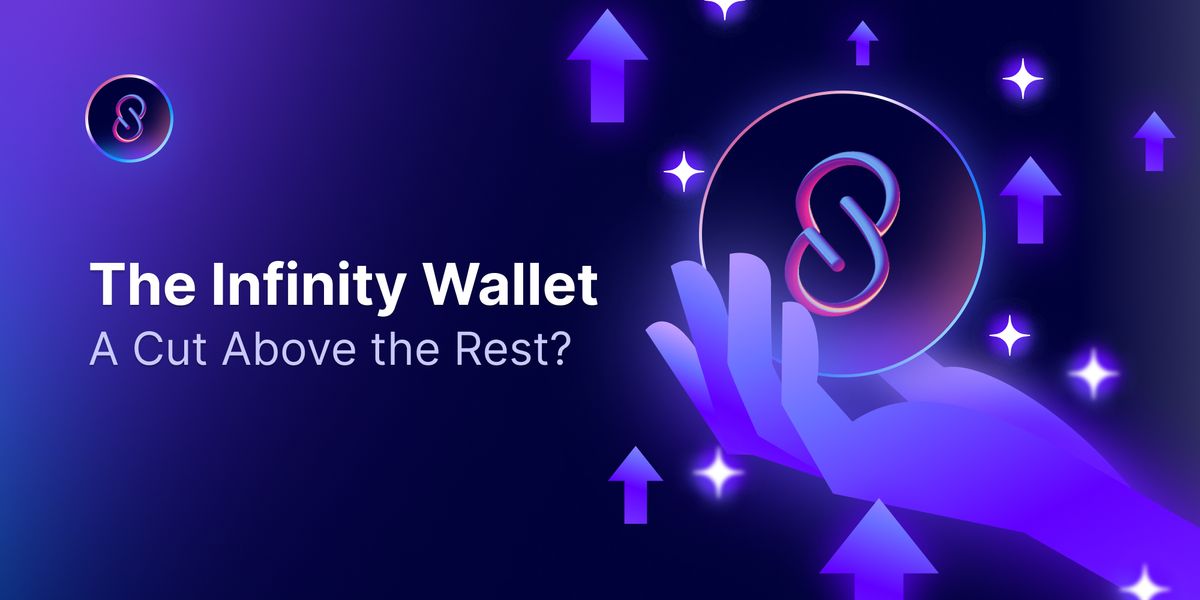
Where Can I Visualize BRC-20 Market Activity?
For those who like to keep an eye on market trends, you'll need a good visualizer. Therefore, ORDspace.org is a good starting point.
But if you want to learn more about BRC-20 marketplaces and wallets, you can check our article here.
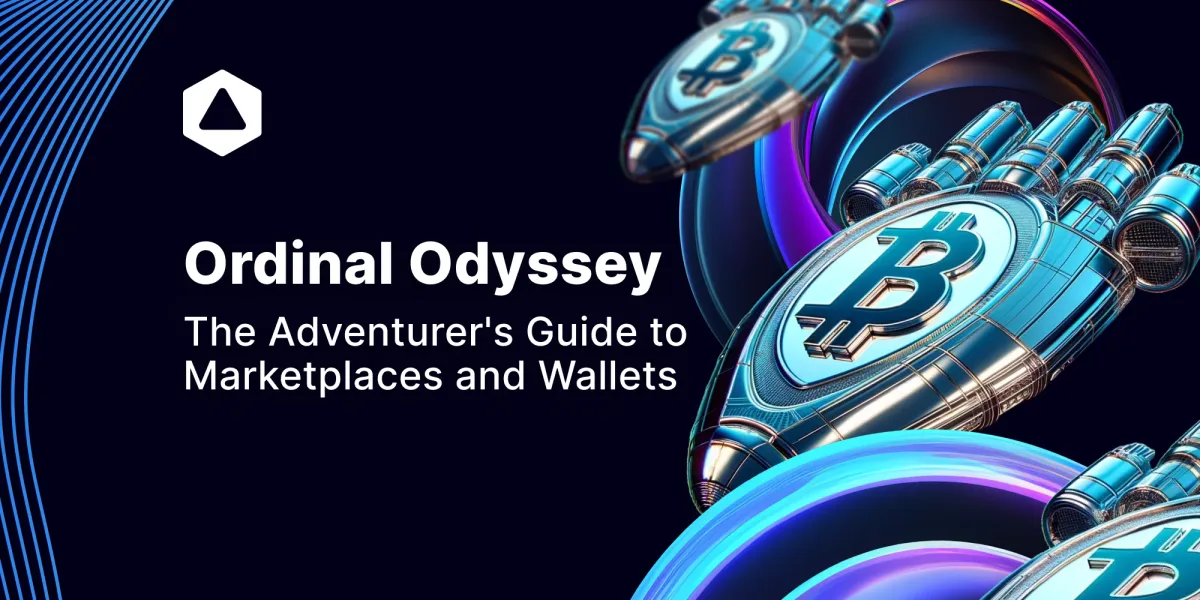
It's important to note that while these sites provide valuable information, they may not include certain details such as the ID number which was initially thought to correlate with value. So CoinGecko is always a good option as well.
The Future of BRC-20 Tokens
The recent interest in BRC-20 tokens, because it was the first one to successfully inscribe JSON files onto the smallest units of Bitcoin, is expected to not slow down. While Ethereum began with DeFi, then moved to altcoins and NFTs, Bitcoin's journey started with NFTs (JPEGs), progressed to altcoins, and is now moving towards DeFi.
This influx of new token minters to the Blockchain space will likely foster innovation and expand both demand and supply within the ecosystem. Already, we're witnessing the rollout of DeFi and liquidity protocols, and inevitably, some meme coins will emerge, as is customary in the crypto world.
Nonetheless, the standard must overcome challenges such as scalability, transaction speed, and cost to ensure sustainable development in the Bitcoin ecosystem. And despite technical challenges due to the size and speed of the Bitcoin blockchain, there is confidence that solutions by Bitfinity will matter in the maturation of Bitcoin's DeFi phase and will help BRC-20 bridge over time to cheaper and faster resorts while still being inscribed on Bitcoin.

Connect with Bitfinity Network
Bitfinity Wallet | Bitfinity Network | Twitter | Telegram | Discord | Github

*Important Disclaimer: While every effort is made on this website to provide accurate information, any opinions expressed or information disseminated do not necessarily reflect the views of Bitfinity itself. The information provided here is for general informational purposes only and should not be considered as financial advice.



Comments ()